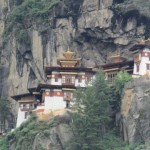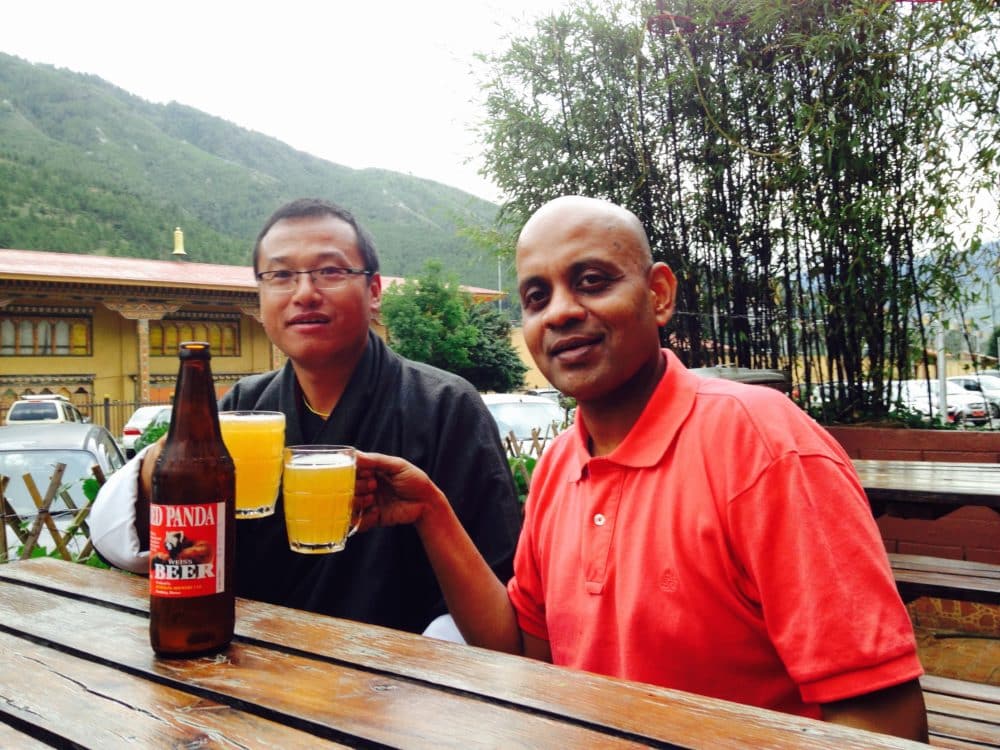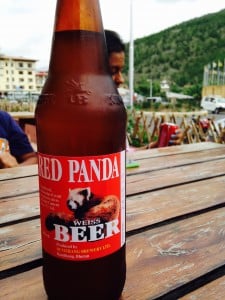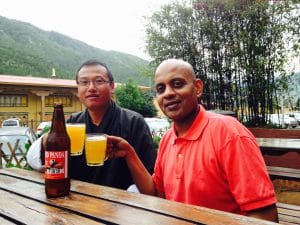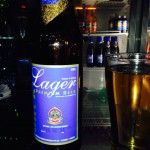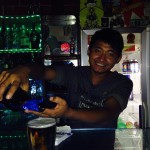The only flip side of visiting Bhutan just prior to the monsoons is that the promised views go abegging, whether they are of the Southern Himalayas from the Dochu la pass, or of the Black Mountains in the Phobjikha valley. Fortunately there’s enough options available for me to drown my sorrows, from the range of products made by ‘awp’ to excellent wheat and lager beer to ara, a native spirit of Bhutan. A liberal licensing environment too, ensures that alcohol is within easy reach from nearly every supermarket to general stores which double up as bars. And if you feel severely tempted, then nearly every shrine or monastery I visit, has stacks of bottles given as offerings to the deities.
The attractions of Bhutan are so many, that I am tempted to start a business here and settle down, but I’m told by my guide, that foreigners need to form a joint venture with a local Bhutanese concern in order to get started. A Swiss gentleman named Fritz Maurer circumvented this in the 1960’s when he married a Bhutanese and settled down in the bucolic environs of Bumthang, a region sometimes referred to as the Switzerland of Bhutan (and no doubt of Asia too). There he began making a variety of artisanal products including honey, Swiss cheese and a wheat beer called Red Panda. His micro brewery in Bumthang supplies Red Panda on tap to the lucky locals, and in recycled beer bottles belonging to other brands (the ones I drank were all in Kingfisher bottles!) to parts further afield. Bhutan’s excellent water no doubt has a role to play in this brew, and Red Panda is my constant companion through my 9 day tour. My attempts to bring 2 bottles back to India to get them sampled by a friend Ankur Jain, who makes an excellent wheat beer called Bira 91, were however foiled by the cops at Paro airport, who feared that the bottles might burst in flight.
Wherever Red Panda was not available, the range of beers under the Druk brand name were available, from the regular lager to a premium lager to Druk 11000, which as the name suggests was a strong beer. I tried them all, and would happily do so again.
Most alcoholic beverages in Bhutan, have “awp” project on the label. Awp stands for Army welfare project, and I’d never heard before of a concern like this which was a unit incubated by the Bhutanese army in 1974, to act as a source of funds for the army, with two distilleries. I visit the one major liquor store in the town of Paro, just before my flight out, and there’s a wide range of products available from brandy to rum to whisky.
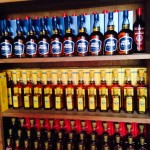
Out of those on offer, I had previously sampled the XXX rum, which was an acceptable navy style rum, as well as K5, a whisky made to celebrate the coronation of His majesty the 5th Druk Gyalpo. Also on offer is Misty Peak, which promises a mix of blended Scotch from Scotland with local grain spirit. I pick up a bottle of Misty Peak, several small ones of K5 and a bottle of the Spirit of the Raven vodka, which is in a very impressive tall frosted white bottle. For a nation of not more than 7 lakh, Bhutan makes a surprisingly large variety of alcobev.
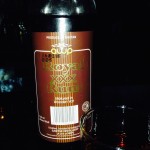
The icing on the cake for me however was tracking down ara, which is a native spirit made in Bhutan, either from corn, rice or wheat.
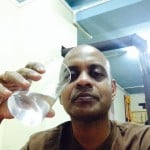
Quite like moonshine, says Namgyang our guide, who finds that our lady chef in the farm lodge we are having lunch also makes ara on the side, and has a couple of bottles to spare, which I gladly buy. The alcoholic percentage seems low enough to drink it neat, and so I am advised to do. Quite palatable, and a nice, sweetish taste profile. On the penultimate day of my trip, we hike back from the Tigers Nest monastery, and I find at a souvenir shop, a traditional cylindrical vessel with two narrow openings, one to pour in the ara, and the other to pour it out from. I have a bottle waiting of ara waiting to be decanted into the same at my bar, and I’m waiting for the first guests!
